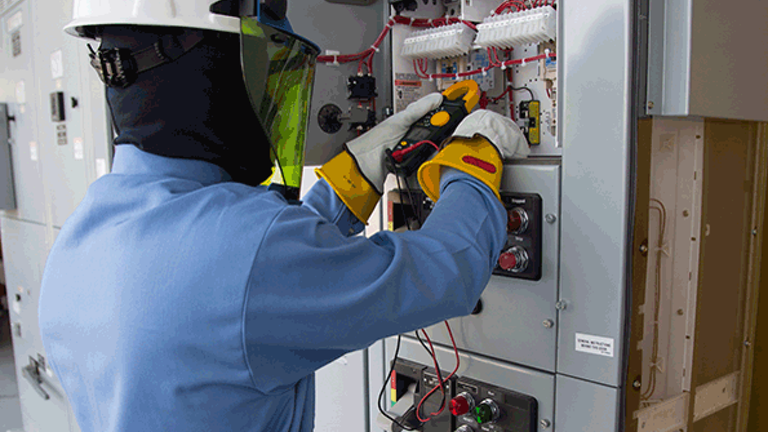A Detailed Controls Group Allows for Piece of Mind With Your Equipment.
Our controls group provides fore-thought and design to protect, monitor and control equipment
with minimal burden on operations staff. CEI staff has designed complex telemetry and data
networks with gateways to translate multiple protocols.

Proper control systems can reduce equipment downtime by up to 50%, significantly enhancing productivity and reducing operational costs .
Instrumentation Engineering Services
Facility Design
Optimization: Advanced facility design can lead to significant operational efficiencies, potentially reducing energy costs by up to 30% through optimized layouts and energy-efficient systems.
Sustainability: Sustainable design elements, such as green roofs and energy-efficient HVAC systems, can reduce a building’s environmental footprint and operational costs.
Modular Design: Modular design approaches allow for quicker construction times and flexibility in future expansions or modifications.
Process and Instrumentation Diagram (P&ID) Design
Purpose: P&IDs provide a detailed graphical representation of the process flow and instrumentation in a plant, crucial for design, operation, and maintenance.
Components: Includes symbols for piping, equipment, instruments, and control devices such as valves, pumps, and sensors.
Standardization: Commonly follows standards such as ISA S5.1 (Instrumentation Symbols and Identification) and ISO 14617 to ensure consistency and clarity.
Communications Network and Telemetry
Applications: Widely used in industries such as utilities, oil and gas, water and wastewater management, and transportation for real-time monitoring and control.
Technologies: Utilizes a variety of communication methods including wireless and wired networks.
Benefits: Enhances operational efficiency, reduces downtime, improves safety, and enables predictive maintenance by providing real-time data and insights.
Operations Control and Standards Development
Control Systems: Utilizes Distributed Control Systems (DCS), Supervisory Control and Data Acquisition (SCADA) systems, and Programmable Logic Controllers (PLCs) to automate and optimize operations.
Standards Development: Establishes guidelines and benchmarks for processes and products to ensure quality, safety, and regulatory compliance. Common standards include ISO 9001 (Quality Management) and ISO 55000 (Asset Management).
Impact of Standards: Implementing standards improves consistency, reliability, and customer satisfaction, while reducing risks and operational costs.
